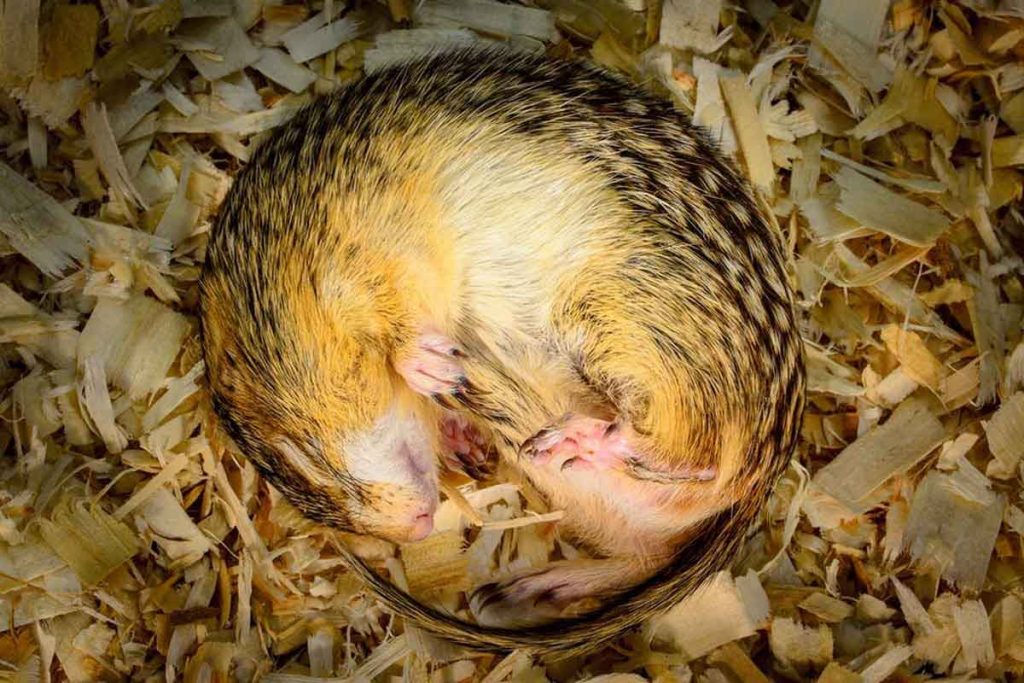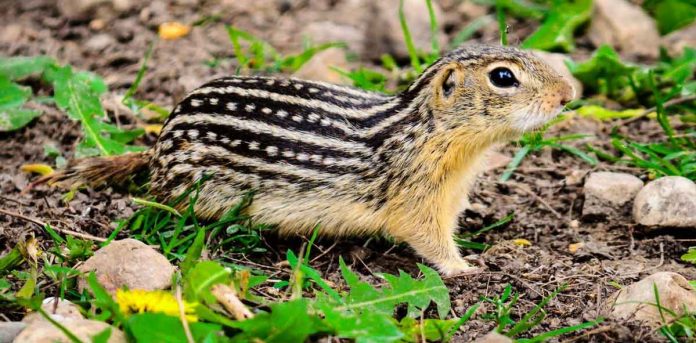Ground squirrels enter a state called torpor while hibernating. Their metabolism drops to as low as just 1% of summer levels. Their body temperature can plummet to close to freezing. Torpor reduces how much energy the animal needs to stay alive until springtime.
Protein is important to maintain the body’s tissues and organs. Though muscle wasting is minimal in hibernating animals. Six to nine months of inactivity and no protein intake, they preserve muscle mass and performance remarkably well.
A handy adaptation will help in ensuring a successful breeding season come spring. Scientists found out how hibernating animals might be getting a major assist from the microbes that live in their guts.
A nitrogen-recycling system
Hibernator’s gastrointestinal system undergoes dramatic changes in its structure and function from summer feeding to winter fasting. Their gut microbes are fasting too. Scientists figured out that winter fasting changes the gut microbiome quite a bit. Biologists have previously identified a clever trick in ruminant animals.
It had helped them survive times when protein intake in the diet is low or protein needs are especially high. A process named urea nitrogen salvage allows the animal to recoup nitrogen. The urea’s nitrogen is retained in the body and used to make amino acids and building blocks of proteins.

This salvage operation depends on the chemical breakdown of urea molecules to release their nitrogen. Chemical breakdown of urea requires urease, an enzyme that animals do not produce.
Microbes that are normal residents of animals’ guts can do that. They make the urease enzyme and use it to chemically split urea molecules. It frees up the nitrogen. This becomes part of ammonia molecules. Microbes then absorb ammonia and use it to make new protein.
Peculiarities of the ruminant digestive system allow those animals to benefit from the process. For hibernators, it was less clear how the urea nitrogen could make its way into the animals’ bodies to support protein synthesis.

